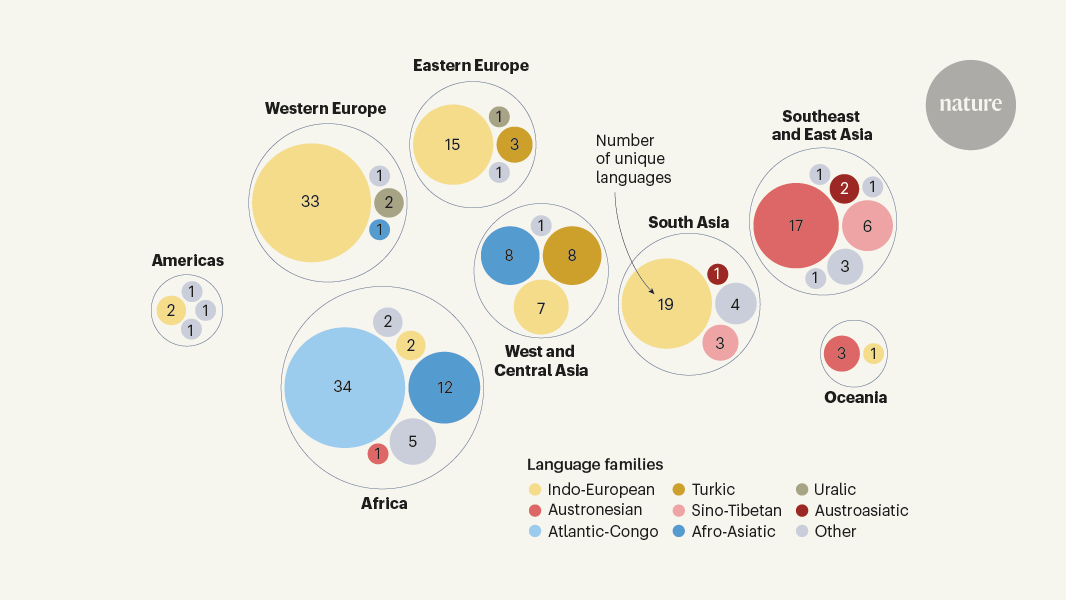Meta’s AI Translation Model Expands to Include Underserved Languages

Meta’s AI Translation Model: A New Approach to Overlooked Languages
In a world where communication bridges cultures and communities, translation technology plays a vital role. Interestingly, Meta, the parent company of Facebook, has launched a new AI translation model that focuses on languages that often get sidelined. By harnessing advanced AI techniques, this initiative aims to provide more inclusive language support.
Addressing a Critical Gap in Translation
Why Overlooked Languages Matter
Many languages around the globe are underrepresented in translation technologies. This can limit access to information, resources, and communication for speakers of these languages. Languages spoken by smaller populations or those with limited digital content can often be overlooked by mainstream translation systems. Meta’s new model seeks to change this by emphasizing the importance of linguistic diversity.
The Challenge of Data Scarcity
A major obstacle in developing effective translation systems for lesser-known languages is the lack of training data. While popular languages like English, Spanish, and Mandarin have extensive datasets, many smaller languages do not. As a result, the translations can be inaccurate, hampering understanding and effective communication. Meta’s initiative aims to overcome these challenges.
Key Features of Meta’s Translation Model
Enhanced Language Processing
Meta’s AI translation model utilizes cutting-edge advancements in natural language processing (NLP). This technology allows the model to understand context, slang, and idiomatic expressions, which are often critical for accurate translations. By improving the understanding of these nuances, the model can deliver translations that are not only grammatically correct but also culturally relevant.
Incorporation of Community Feedback
Another significant aspect of Meta’s model is the inclusion of community feedback. By engaging native speakers and language experts, Meta can refining its system. This approach helps ensure that translations are not just technically accurate, but also resonate with the speakers of those languages.
How the Translation Model Works
Training on Diverse Data Sources
To build a robust translation model, Meta collects and integrates data from various sources. This includes books, articles, and digital content in the targeted languages. By training the model on a wide array of texts, it enhances its understanding of different dialects and variations within each language.
Utilizing Machine Learning Techniques
The model employs machine learning algorithms to continually improve its performance. As users interact with the translation tool, the system learns from any mistakes and becomes more accurate over time. This self-improving mechanism is essential for providing reliable translations for less common languages.
Impacts of Supporting Overlooked Languages
Promoting Cultural Preservation
By investing in AI translation support for overlooked languages, Meta not only facilitates communication but also aids in preserving cultural heritage. Language is a vital part of culture, and when a language fades, it can take with it important traditions and histories. Supporting these languages helps maintain diverse cultures.
Expanding Accessibility
The AI translation model enhances access to information for millions of users globally. People who speak less common languages can access online resources, engage with global communities, and participate more fully in the digital world. This inclusivity fosters greater understanding and connection between diverse groups.
Future Prospects for AI Translation
Potential Collaborations and Expansions
As Meta continues to develop its translation model, the company may explore partnerships with educational and community organizations. Collaborations can help create more training data, enhance language learning resources, and engage local communities effectively.
Vision for Multilingual Communication
The ultimate goal of Meta’s translation initiative is to create a future where everyone, regardless of their spoken language, can communicate seamlessly. By investing in overlooked languages, Meta aims to redefine how we interact and share knowledge across the globe.
By prioritizing languages that are often ignored, Meta’s AI translation model is paving the way for a new era in communication that respects and celebrates linguistic diversity.





